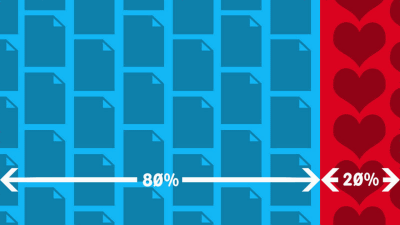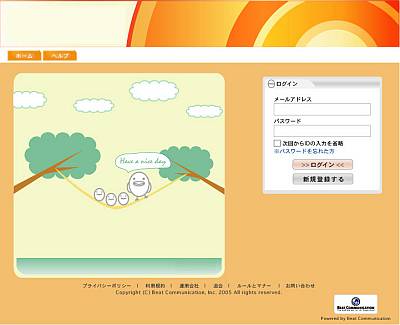How can we promote 'text communication' as the number of remote work increases?

The epidemic of the new coronavirus infection (COVID-19) has shifted many people to remote work, and the way of communication is changing.
Encouraging a Culture of Written Communication – mcls
https://www.mcls.io/blog/encouraging-a-culture-of-written-communication
Andrew Grove , an American businessman, says that writing things down is a way to train yourself. Communication through sentences is more accurate than verbal communication, and can think problems more clearly.
Also, at Amazon, there is a culture that 'at every meeting, one attendee prepares a memo on page 6 and all the attendees carefully read the memo at the beginning of the meeting'. This memo is intended to create a 'context' for discussions and to share assumptions, and it seems to be well-structured like a story, not a bullet or scribble. Jeff Bezos of Amazon said that it takes about a week to make a wonderful note, because the writer must write a memo with a deep understanding of the theme and the technology to accurately convey the point to the other person Says the CEO.
However, based on this story, Claes points out that it is a mistake to think, 'I want employees to have high standards for their company and to improve their written communication.' High-quality writing should not require high writing skills for communication within the team, as it impedes quick idea sharing and lively exchange of opinions.
Claes says that high-quality writing skills should be demanded for wide-ranging sentences such as the entire company and communication in the upstream process. In such situations, it is clear that what is necessary for exchanging sentences is more than speed, and it is worth repeating the sentences many times in order to convey the opinions of many people in an easy-to-understand manner. Claes argued that it was important not to misunderstand where the text standards should be set high.

As the remote work progresses, there are cases where the knowledge to be shared within the company is documented and stored on the company server. At this time, some people should have the idea of 'strictly defining the hierarchical structure for saving information so that other members can easily find the document they want', but Claes does not care about where the document is saved Pointed out that it is good.
If the location of the document is decided based on the hierarchical structure, the creator of the document will have time to wonder 'where should this document be stored?'. This puts a strain on document authors, so Claes thinks that rather than strictly determining where to store documents, he should implement tools that have good search capabilities for finding documents on the server.
Similarly, a large amount of documentation about a single thing can confuse people who later looked into it. As a result, in-house chats such as Slack popped up the question, 'I have multiple documents on this topic, but which one should I eventually read?' In order to avoid such a situation, the documentation on one subject should be put together as one, and information should not be found here and there.

Also, when trying to promote textual communication, the idea that 'a video call that requires you to match your time with the other party is bad' tends to lean. However, since textual discussions tend to be very long, when you feel that the discussions have become too long due to repeated interactions, Claes says to start a video call and verbally summarize the discussions. Is recommended.
Asynchronous textual communication has many advantages, but it is said that video call exchange is effective, especially when the project has just started or the assumption that it can be shared is ambiguous. Of course, basically, written communication should be prioritized, and it is not always necessary to make synchronous communication by video call in the early stage of discussing something. However, finding the right balance between synchronous and asynchronous communication is beneficial, and Claes advised that you shouldn't stick to inefficient ways.

When asynchronous communication by text becomes mainstream in remote work, it is inevitable that communication within the team will decrease. But regardless of startup, sports club, or military, good teams communicate closely. Therefore, it seems useful to build a shared thread or channel within the team, rather than a message addressed to a specific individual, to create a culture of frequently posting and sharing what you notice.
'If you change options in production, consider migrating your database, or have noticed anything in the performance graph, post it in the chat,' Claes advises. This is not just about sharing information, it's about reducing the risk of making some mistakes by intentionally taking action before making a significant change, like pointing confirmations performed by conductors on Japanese trains. There is also. In addition, if something unclear or a problem is closely shared within the team, it not only strengthens the relationship of trust within the team, but also makes it easy to understand the process leading to it even in the event of a problem. There is an advantage.
“If there's a relationship of trust and information is pushed on shared channels, you don't have to talk in private messages or video calls. This generally results in comfortable and productive working days with less disruption to your work. I will create it, ”said Claes.

Related Posts:
in Note, Posted by log1h_ik







